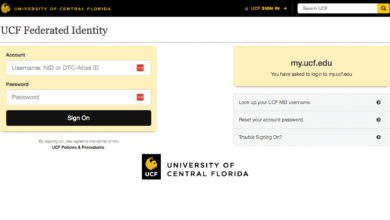The Technology Behind PDQ Machines
Image taken by swisscan on Flickr
Process Data Quickly (PDQ) machines are used by companies all over the world to accept card payments from customers. As such there are a large variety of PDQ machines available, each utilising different technologies, for example swipe card readers, Chip and PIN, or credit card terminal machines.
What does a PDQ Machine do?
The PDQ machine fundamentally does one job; reading the payment card and checking that the PIN number (where applicable) is correct. The PDQ will then connect to the card issuer, who will accept or decline the payment in real time, protecting against card fraud. Whilst it is possible to process a payment offline and send it to the card issuer later, it can leave the merchant out of pocket if the card is later declined. The majority of PDQ machines in the UK are Chip and PIN terminals, which have a reputation for being the fastest and most secure way to accept card payments.
Choosing a PDQ Machine
There are three main types of PDQ terminals, each using different technologies and suitable for using in different circumstances:
- Countertop terminals – these are used where the PDQ does not need to be moved very far, for example where attached to a till at a shop. They connect by either a broadband or telephone line to enable a payment to be taken and processed.
- Bluetooth terminals – these are useful where the PDQ needs to be mobile within a relatively small area, for example a restaurant where payments are taken at tables. The charging station doubles up as the connection, with the card reader connecting to the charging station via Bluetooth, which in turn connects by a broadband or telephone line in the same way as a countertop terminal.
- GPRS terminals – for businesses that need to take payments on the move, a GPRS terminal is the ideal solution. They are useful wherever a fixed connection is not practical, for example markets, trade shows, or taking payments whilst visiting the customer’s premises. GPRS PDQ machines utilise the mobile network, using a SIM card much like a mobile phone in order to establish a connection and allow a payment to be taken.
Contactless PDQ Machines
Paying using contactless devices, by credit cards, debit cards is becoming an increasingly popular way of making small payments of under £20. For customers, they are quicker and easier to use than the Chip and PIN option, as the card can be read almost instantly, without having to enter a PIN number. For retailers, it means queue time can be lowered, which can eventually lead to cost savings if fewer cashiers are required.
For customers who are not able to, or do not wish to use contactless technology, a contactless PDQ machine still works includes Chip and PIN authentication. Contactless PDQ terminals can be fixed or wireless, either through Bluetooth or GPRS, just like any other Chip and PIN reader. Many retailers are beginning to upgrade their PDQ machines to enable contactless payments now that the technology is becoming more popular and proven.
When choosing a PDQ machine, it is necessary to look at the different technologies on offer and decide which is the most appropriate for your business. Finding a good compromise between the cost of the PDQ and its flexibility of use is important for both keeping costs down and making it as easy as possible for a customer to make a payment.





